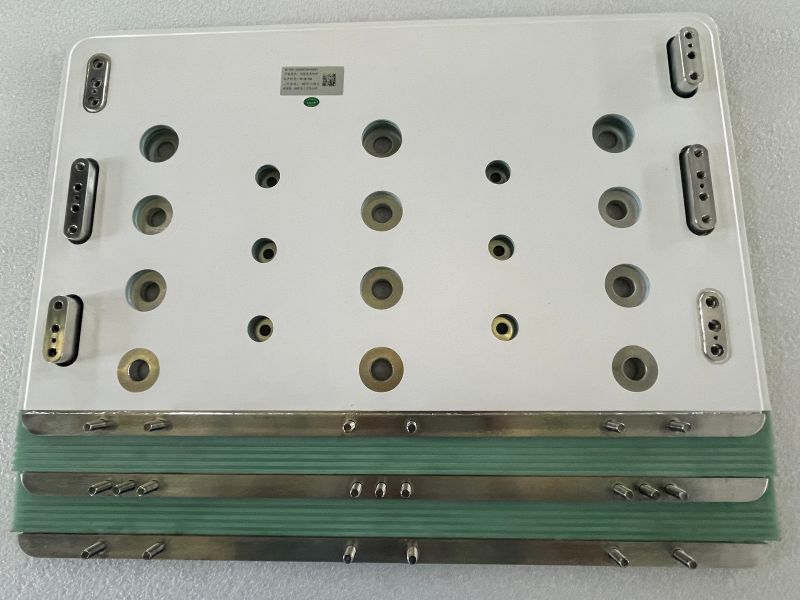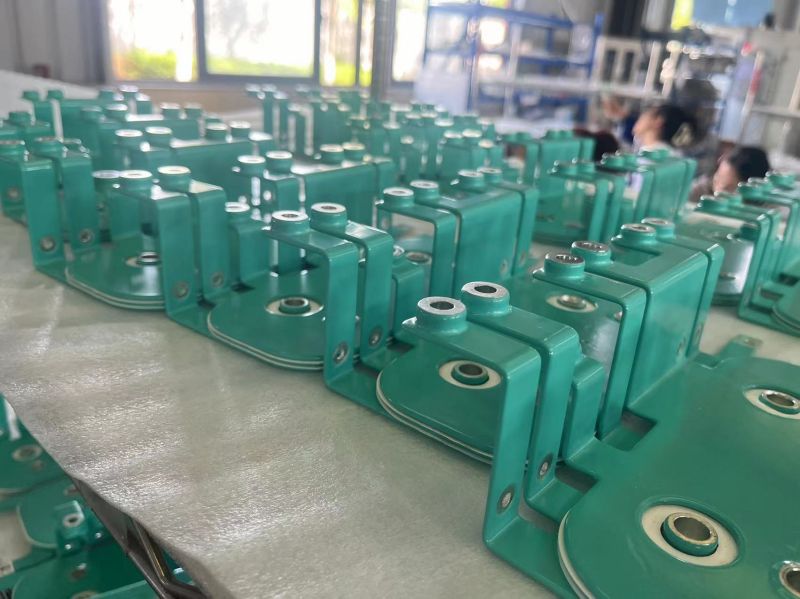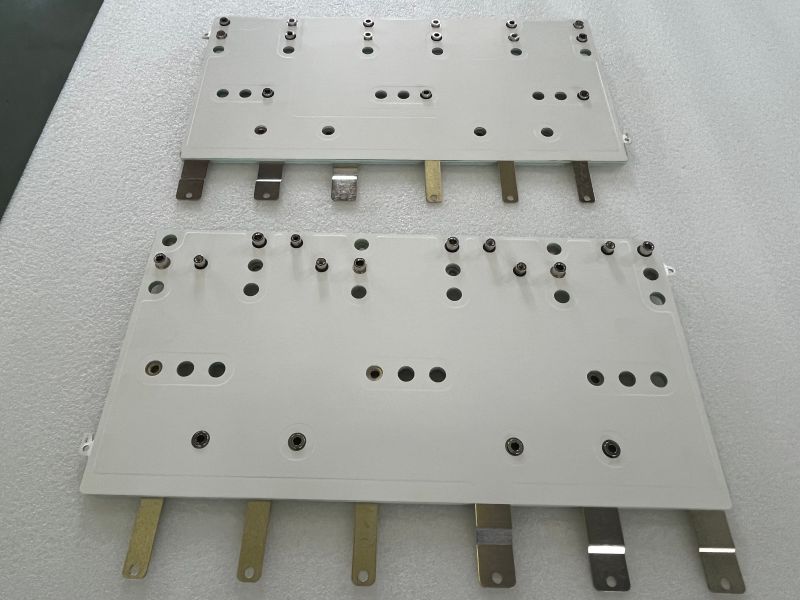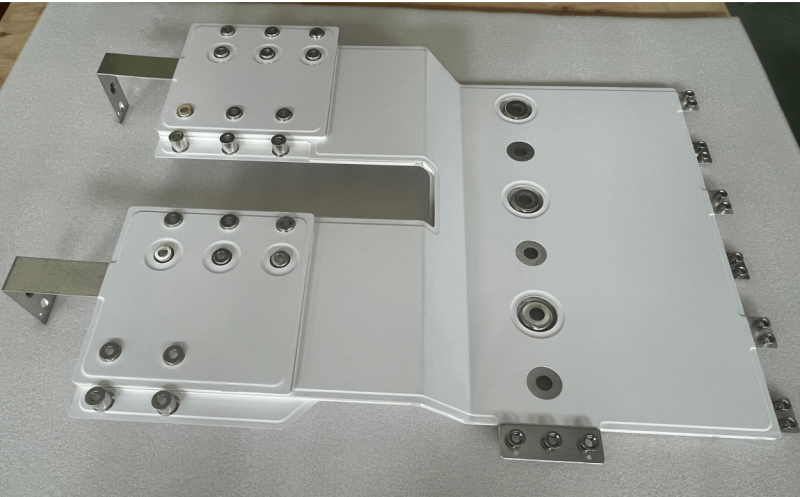Introduction to Bus Bars
Bus bars are essential components in electrical power distribution systems, serving as conductors for carrying and distributing electrical currents within various applications. Their role in ensuring efficient and reliable power transmission and distribution makes the selection of bus bars a critical decision for engineers and designers from different industries. This comprehensive guide aims to provide valuable insights into the factors to consider when choosing a bus bar, offering a detailed analysis to facilitate optimal selection.
Understanding the Application Requirements
Before delving into the selection process, it is crucial to thoroughly understand the specific requirements of the application in which the bus bar will be utilized. Factors such as current carrying capacity, rated voltage, environmental conditions, space limitations, and installation constraints play a pivotal role in determining the most suitable bus bar for the intended application. By gaining a comprehensive understanding of these requirements, engineers can effectively narrow down the options and focus on bus bars that align with the application’s needs.
Material Selection for Optimal Performance
The choice of material for the bus bar is a critical aspect that directly impacts its performance and longevity. Copper and aluminum are the most commonly used conductive materials for bus bars, each offering distinct advantages based on the application requirements. Copper bus bars are renowned for their superior electrical conductivity and resistance to corrosion, making them ideal for high-current applications where low impedance is crucial. On the other hand, aluminum bus bars are valued for their nature of lightweight and cost-effectiveness, making them suitable for such applications with specific weight and budget constraints.
 Design Considerations for Efficiency and Reliability
Design Considerations for Efficiency and Reliability
The design of the bus bar plays a significant role in determining its efficiency and reliability in the electrical system. Such factors as the cross-sectional area, shape, and configuration of the bus bar will impact its current-carrying capacity, thermal performance, and resistance to mechanical stress. Engineers must carefully evaluate these design considerations to ensure that the selected bus bar can effectively handle the anticipated electrical loads while maintaining optimal electrical performance under varying operating conditions.
EMI Shielding and Environmental Resilience
In applications where electromagnetic interference (EMI) is a concern, the bus bar’s ability to provide effective shielding against EMI becomes a crucial consideration. Selecting a bus bar with EMI shielding capabilities is essential for maintaining signal integrity and preventing disruptions in sensitive electronic systems. Additionally, the bus bar should exhibit its resilience to environmental factors such as temperature fluctuations, moisture, and mechanical stress, ensuring long-term reliability and performance in diverse operating conditions.

Customization and Integration Capabilities
The flexibility to customize bus bars according to specific application requirements is a key consideration for achieving optimal system integration and performances stability. Whether it involves custom shapes, lengths, or mounting options, the ability to tailor bus bars to fit the unique layout and design of the electrical system can enhance their effectiveness and efficiency. Furthermore, seamless integration with other system components (such as connectors and insulators) is essential for ensuring a cohesive and reliable power distribution infrastructure.
Conclusion
In conclusion, the selection of a bus bar is a critical decision that significantly influences the performance, efficiency, and reliability of electric power distribution systems. By carefully evaluating factors such as material selection, design considerations, EMI shielding, environmental resilience, and customization capabilities, engineers and designers can make wise decisions to choose the most suitable bus bar for their specific electrical applications. This comprehensive guide serves as a valuable resource for navigating the complexities of bus bar selection, empowering professionals to optimize their electrical systems with confidence and precision.
Post time: Aug-21-2024










